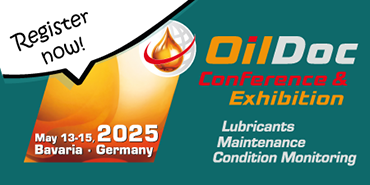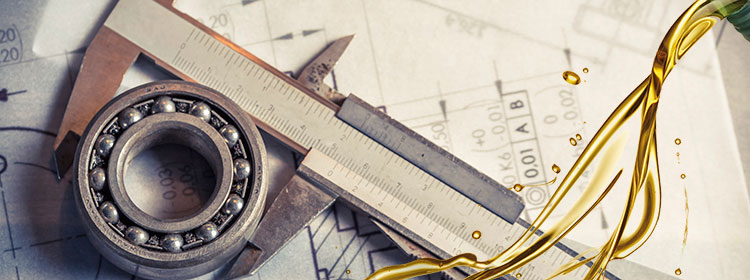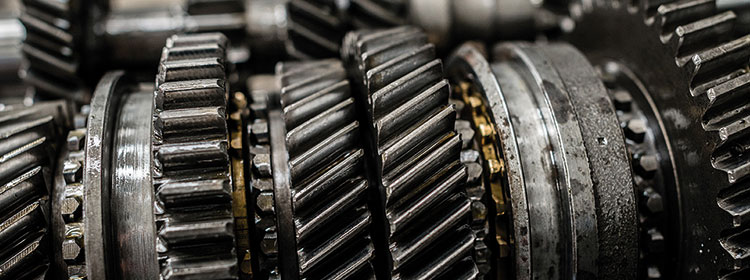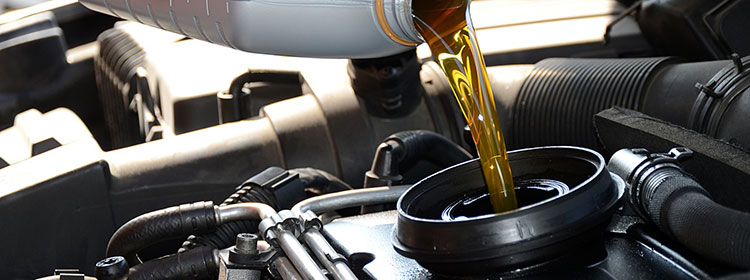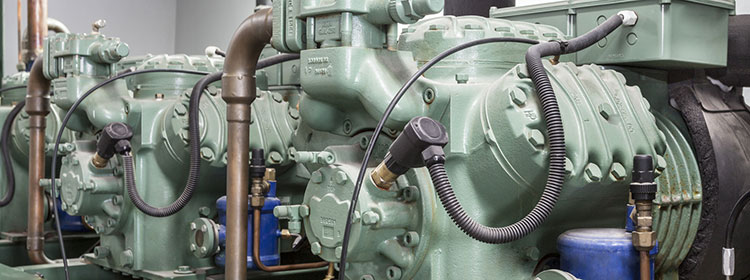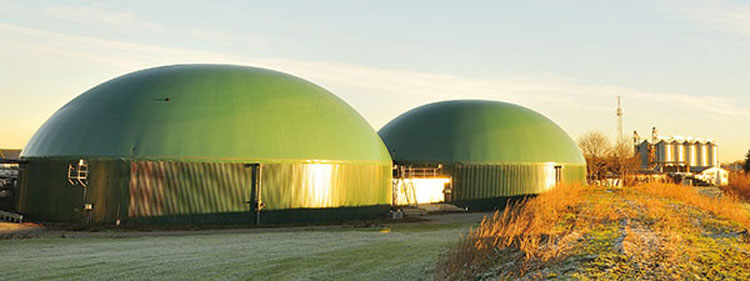Machines and plants consist of many different elements. Mechanical engineers understand better and better to dimension these machine elements, to calculate their lifetime and to use materials in the best possible way. By today also the lubricant is understood as an element of the whole construction by design engineers. For this reason the lubricant needs the same amount of attantion as other major elements. However, lubricants consist of materials that characteristics are not very well known by mechanical engineers and machine builders. In the age of continuously increasing power and at the same time decreasing weights this becomes more and more a dilemma.
In this training we convey you how lubricants work. We show you which technological characteristics the different basis oils and additives have and what is their influence in the different areas of application. We help you to understand the values and specifications in norms and on data sheets and how relevant they are for specific applications.
In the end, the core is about to define the requirements of your machine on the lubricant as exact as possible and to integrate lubrication knowledge actively as early as possible into the construction process. Only in that way the possibilities of modern lubrication technology can be utilized for the function, reliability and effectiveness in the best way.
Target Group
- Development engineers
- OEM and component manufacturers
- Design and technical documentation experts
You learn in this training…
- How lubricants “work”
- The difference between minaral and synthetic oils
- Types of additives and their areas of apllication
- The explanatory power of lubricants values
- The ephasis of vharacteristic values and their utilization
- Standardized lubrication types and specifications
- To define requirements on lubricants
- Lubricant selection with the help of checklists and examples
- Creation of a lubricant recommendation in the working instructions
- Necessary and useful hints for the handling of lubricants in working instructions
- Possibilities and challenges of own lubrication norms
- What has to be done by water or air in the oil
- Influencing variables on the lifetime of a lubricant
- To determine oil changing intervals
- Oil condition monitoring with oil analysis or sensors
- Miscibility and compatibility of lubricants
- Oil change: When which approach (rinse, rinse oil, dangers of cleaning agents)

